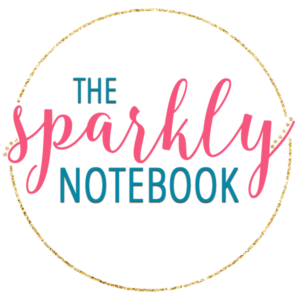When I first started teaching, I was in the clouds. A lot of people say their first year is the hardest and most stressful, but I was not one of them. However, this was NOT because I was a rockstar teacher from the start. I was just COMPLETELY OBLIVIOUS to everything I should have been stressing. I was teaching, I loved my students, I was having fun, and I was teaching the same “content” the other teachers were. I was quite carefree.
Writing curriculum and truly aligning my lessons to the standards was not something I knew how to do. It wasn’t that I didn’t want to do it; I truly didn’t know how. When I came into teaching, I joined an ELA team of teachers who were on the verge of retirement, were going to do things as they always had, and who gave me their unit guide and said “Go!” I was very appreciative of these two ladies because I gained so much from having them to work with, but I was a lost puppy in the world of curriculum planning and design.
It wasn’t until Common Core came out that I truly learned how to dig into my standards and what I needed to be teaching. I learned that I was planning my lessons around activities instead of the standards. I’d see an activity that I thought looked fun, and I’d use it and make the standards fit. After Common Core was established, I went through training for breaking down the standards and was on a planning committee at our Regional Educational Services Agency (RESA) with lead ELA teachers from other districts. Both of these opportunities really helped me gain knowledge and a system for digging into my standards and helped me learn the need to have a standards-based curriculum.
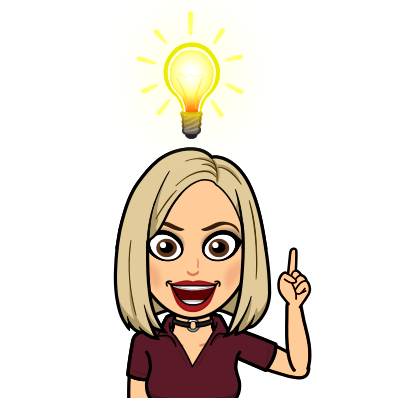
This was a GAME-CHANGER for me! During these planning sessions, I found myself as a teacher and found what works for me in planning my curriculum. I expanded my lessons and started creating my own “fun” activities that truly aligned with my standards.
How to Plan Curriculum Like a BOSS:
Step 1: Deconstructing Standards
Before you can dig into your standards, you have to know them beyond the surface level. You have to dig deeper into the standards to determine exactly what they are asking and what the prerequisites are that need to be covered. Deconstructing standards can be a bit time-consuming, but the value is beyond measure.
Step 2: Create a Curriculum Guide
Use your standards, any breakdown tools for your standards, and your deconstructed standards to create a guide to your standards. When creating your guide, I would set it up with a chart that includes a column for the standard itself, possibly learning targets, important vocabulary to cover, and a column for the number of units you have in total. I do not have my learning targets in my current one, but I think it’d make a great addition especially if you’ve deconstructed them. I may see about adding that this upcoming year.
**When thinking about your learning targets, you may want to list out important concepts that would be prerequisites to the standard. If your students are like mine, you will want to plan for mini-lessons to cover these concepts quickly before digging into your grade-level standard.
Side Note: In Georgia, we have our own set of standards that are “not” Common Core; however, they are literally common core. We have a Standard Guide that is very useful in breaking down the vocabulary of the standards. If you use Common Core, I’d recommend going to check these out. Here is an example for 8th grade ELA.
Step 3: Unit Assessments/Benchmarks
If you already have your Common Unit Assessments or Benchmarks created as a content team, you will want to use these to determine which standards you will teach per unit. I would create a list of standards covered on each benchmark/unit assessment to have for when you start planning out the design of your units.
If you do not have your Common Unit Assessments or Benchmarks created as a content team, you will want to start there. This falls into the category of backward design, which I believe to be the best way to plan – You want the end in sight. I would look at my standards and breakdowns to determine the logical order to cover your standards throughout the year. Think of them as a progression and focus on what needs to be taught prior to moving forward. For example, you know you need to teach figurative language before diving into poetry, so make sure that comes first in what is covered.
I have a free unit assessment tool that you can get here to make sure you’re covering your standards in the rigor and the weight of the standards as necessary. It can be used to audit the assessment you already have or as a blueprint for the creation of an assessment. You can access this FREE RESOURCE here.
Step 4: Unit Design
Here comes the fun part!
Start your unit design by narrowing down the concepts for each unit and really looking into what needs to be covered. I am HUGE on color-coordinating everything and use highlighters to map my standards to my units at this point. For example, my unit 1 is yellow. I will look through my benchmark or the list I made from my benchmark and highlight concepts to be covered in unit 1 yellow on my curriculum guide. This helps me when I’m planning my lessons to know that all material highlighted in yellow must be covered for our first benchmark and included in my unit design. Remember to include any mini-lessons for prerequisites necessary.
Once you have your standards broken down by unit and have a grasp on exactly what needs to be covered when you can begin choosing the materials and activities you want to use in each unit. This is where the fun is in thinking of how you plan to teach and assess everything. You will want to include a plan for formative assessments and ways to check for mastery along the way, so keep that in mind as well.
Step 5: Curriculum Guide as Checklist
Now that you have your standards organized by unit, have a unit assessment/benchmark, and have your plan for teaching the standards, you can use your curriculum guide as a checklist. As you cover the different standards, you can either check them off or even write the dates covered in the boxes. Using the guide as a checklist helps you track what’s being covered and when.
***Extra Tips and Resources for the Curriculum Guide Process***
Use a Google Doc or Sheet for the creation of your Curriculum Guide. This way you can share it with your team for collaboration, access it from anywhere, and easily make a copy to use the next year.
Try to always plan with assessments and uses for the data in mind. I have a blog post on this that you can access HERE. You can check out my Editable Unit Assessment Data Analysis Tool HERE.
DIVIDE AND CONQUER! If you have a content team that is strong and works well together, then divide and conquer the parts of this that you can (such as deconstructing standards and breaking down the standards vocabulary). After you’ve divvied up what you can, come together to collaborate on the rest of it. This will make life SO MUCH EASIER!!! I didn’t have a team to work with in creating mine, so I can tell you from experience to take advantage of having one if you do!
You can see my 7th Grade Editable ELA Curriculum Guide Product HERE.
You can access a blog post on the Value of Learning Targets HERE.
You can access a blog post on how to Deconstruct Standards into Learning Targets HERE.
As always, if you have any questions or concerns about or during this process, please feel free to email me at [email protected] and I will help the best I can!
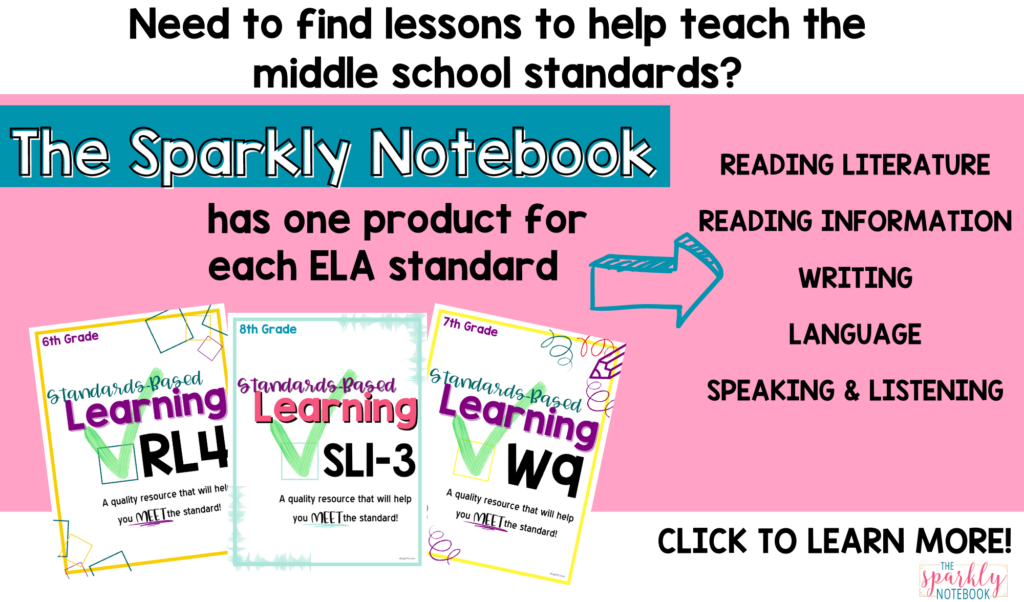

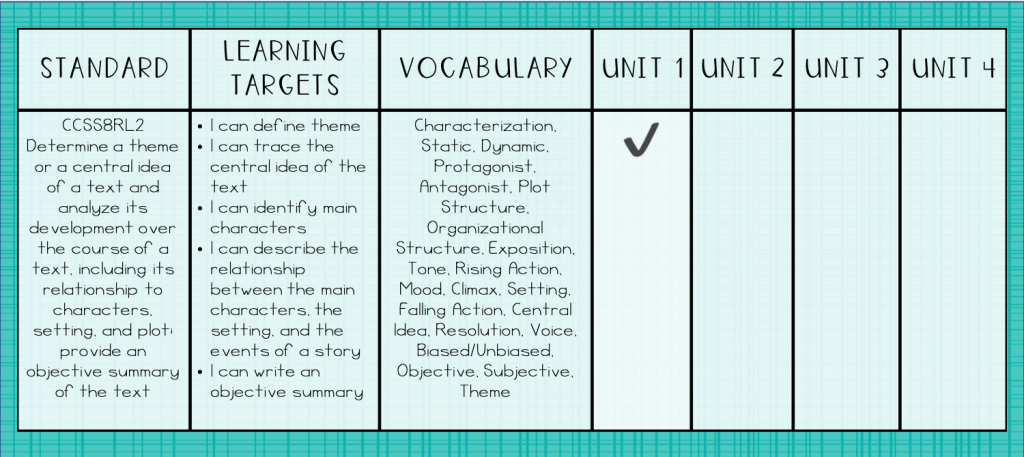
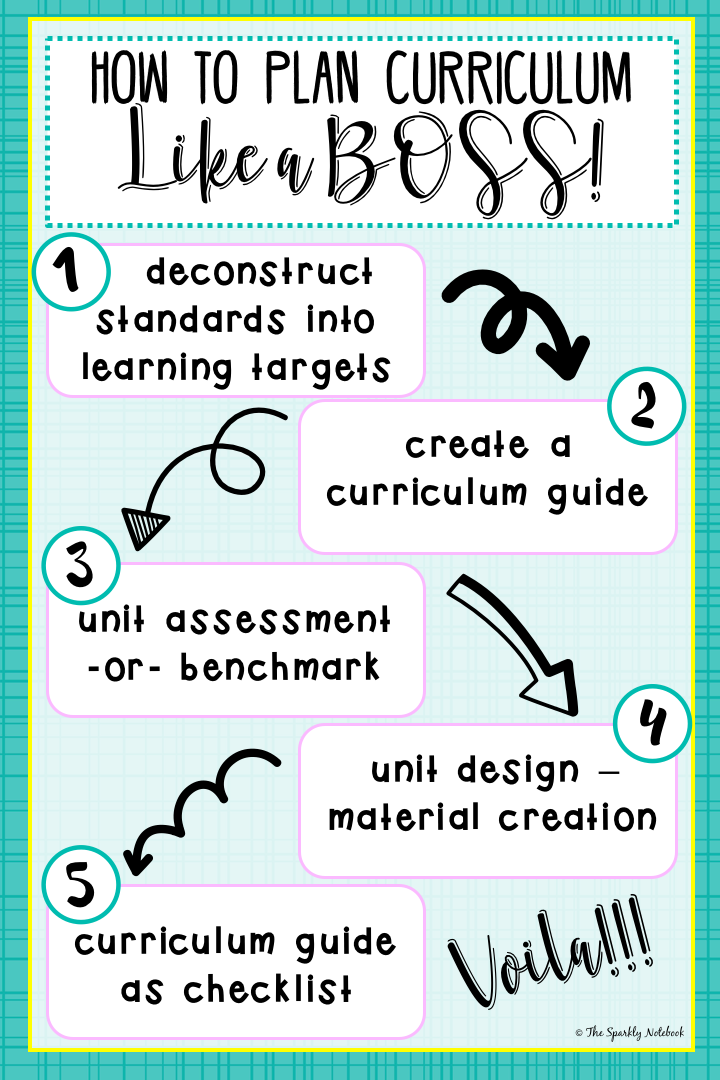
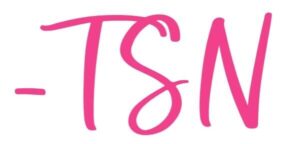
 How to teach RI.7 in Middle School
How to teach RI.7 in Middle School 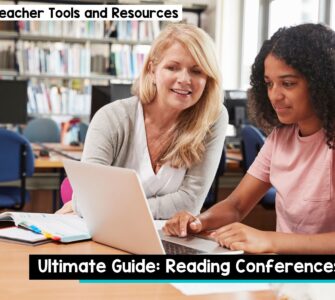 Ultimate Guide: Reading Conferences (Literacy)
Ultimate Guide: Reading Conferences (Literacy)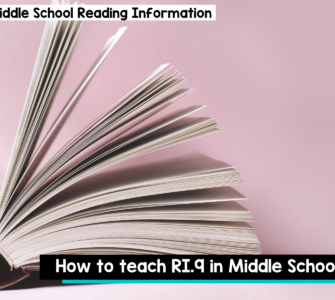 How to teach RI.9 in Middle School
How to teach RI.9 in Middle School 